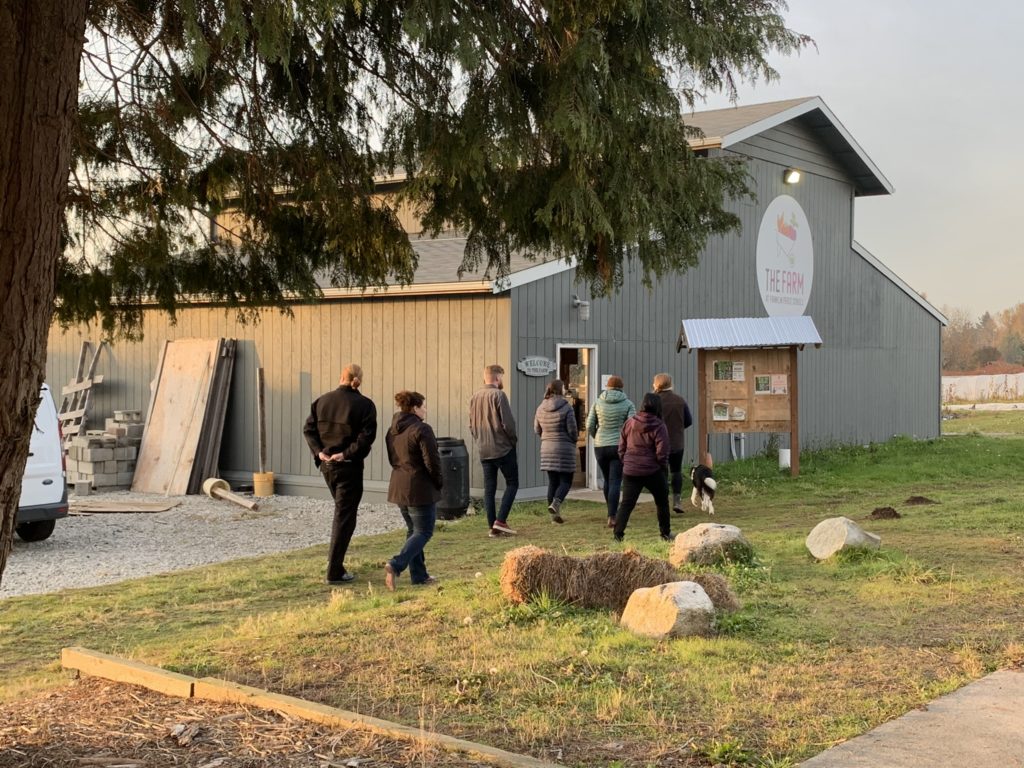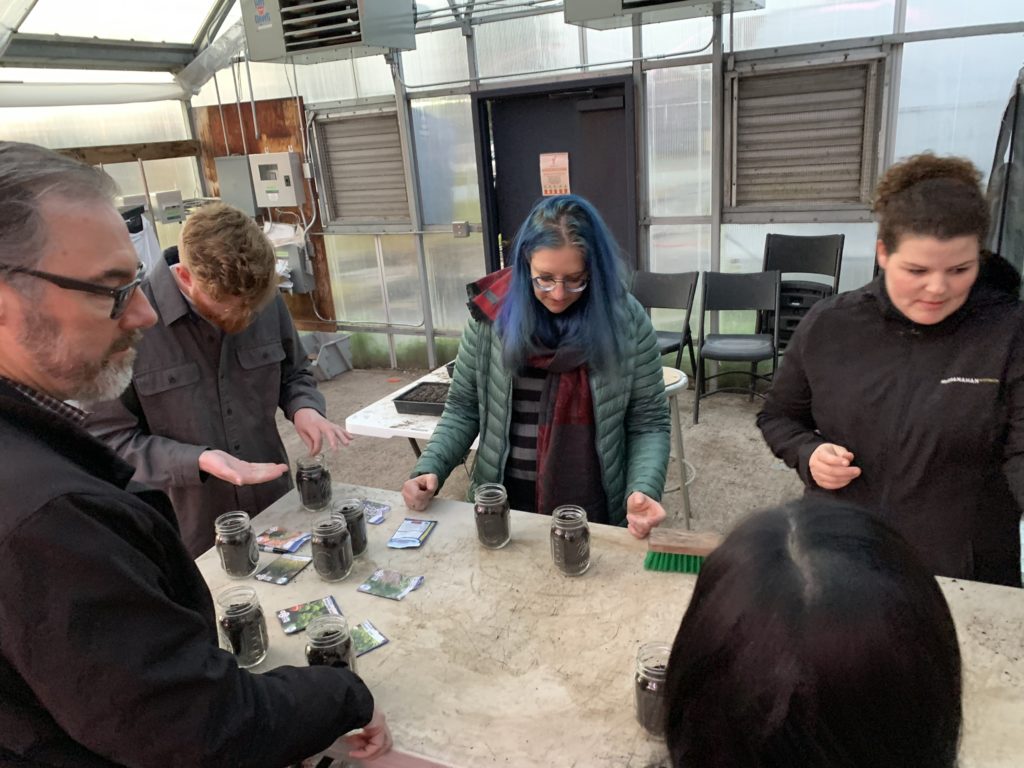This article is a collaborative effort lead by Valerie Harris, Aaron Winston, Benjamin Fields, and Amanda Russell.
As we work with our clients to develop and design learning environments, we are passionate about the wholistic well-being of every student and providing a thoughtful approach that best sets them up for success in a lifetime of learning. We believe that the spaces we create can be part of the empowerment for success. In this series, we take a dive into the holistic approach for student success in the exploration of key components such as nutrition, fitness, connection with nature, hands-on learning, atmosphere considerations, and environmental impacts.
Creating a space for movement & learning
Our brains are more ready to accept new information and grow directly after
exercise. Students need time and space to move throughout the day to engage
deeply in education. In addition to P.E. and recess, we learn that there are
schools using design interventions in tangent with teacher training to create
spaces for kids to be physically and mentally active and engaged.
As architects work with our clients to develop and design learning environments, we need to mindfully consider the inclusion of space that is centered around student health and movement. Physical activity has been linked to the creation of Brain Derived Neurotrophic Factor, a chemical that promotes the growth and malleability of brain cells, thereby aiding student in learning.
Providing the opportunity to move regularly throughout the day in a variety of ways will help to spark creativity, encourage curiosity and create an atmosphere that enriches deep learning for students. By reinforcing these key aspects through the design of the built environment, schools can become an even stronger tool for student success and emotional wellbeing.
Incorporating nature & exploration with learning environments
Learning environments are not limited to interior spaces – the natural environment offers incredible opportunities for people of all ages to learn by doing. To learn more, our team took a field trip to The Farm at Franklin Pierce School District.
Agriculture offers students the opportunity to create relationships with people and the cycle of food production. Students who participate in crop production and harvesting at farms learn the responsibility of cultivating something that their community depends on for their health and well-being.
Adults interested in learning about farming can sign up for Farm Foundations, a season-long course in residential farming.


Emily, the Farm Manager at Franklin Pierce, gave us a tour of the 10-acre working vegetable farm owned and operated by the school district. One third of crops produced on site are used in FPSD cafeterias, another third goes to community members who volunteer on site, and the last portion are donated to local food banks.
High school students can earn science credits working on The Farm with the fields serving as the primary “classroom.” A local beekeeper houses a few boxes of beehives on site, and chickens are also present to help curb the insect population. The Farm also receives regular deliveries of rich compost through a local partnership. Greenhouses on site are used to nurse seedlings through the early stages of growth and protect crops during colder weather. After touring the farm, our group returned to the greenhouse to plant herb seeds in mason jars for a McGranahan indoor herb garden.
Nutrition & Environmental Materials
For the last part of our Whole Child Learning Series, we took a look at how the ingredients in our food and built environment impact our health and wellbeing. How do we better make informed choices on what are putting into our bodies and our buildings?
From common dyes in many snack foods that have known carcinogens such as Yellow #5 and Yellow #6, to dough conditioner used in some breads containing either human hair or duck feathers, to sugar levels so high in some sodas that phosphoric acid is included to counteract the bodies’ natural vomit, the results of attempting to digest what is in our foods can be unsettling.
Healthy alternatives and more natural options such as kombucha, berries, and other more natural ingredients can have more positive effects on our health such as helping to prevent cancer cell growth and helping us manage a healthy body weight.
Thankfully, information on ingredients in food are more often available thanks to a growing cultural awareness on the effect in our overall wellbeing by what we eat.

When we look at building materials, their effects are often less known than that of foods, so the research is more challenging. However, some materials such as certain types of refrigerants like CFC, are currently being regulated out of use after having discovered to have global warming potentials. For other common materials, such as ROCKWOOL, avoiding harmful ingredients such as formaldehyde is as simple as asking for it in the specification. Industry tools to better understand and select building materials continue to grow thanks to research. Some helpful ones include: the EC3 embodied carbon in construction calculator, HPD public repository website, the data base from Spot UL, the transparency catalog from Sustainable Minds, the Declare Label from Living-Future, the international Environmental Product Declarations (EPD) program, and the material hub from ORIGIN. At a minimum, design firms can begin to request declare labels on building materials to help push the industry towards improvement.
As we continue to work with our clients to design learning environments, our research and knowledge grows as well. Learning about how to improve the well-being of every student and providing a thoughtful approach sets us up for success every project we immerse ourselves in. We believe in continuously building our knowledge of tools and materials to serve our clients on a holistic level and that the spaces we create can be part of the empowerment for success.
